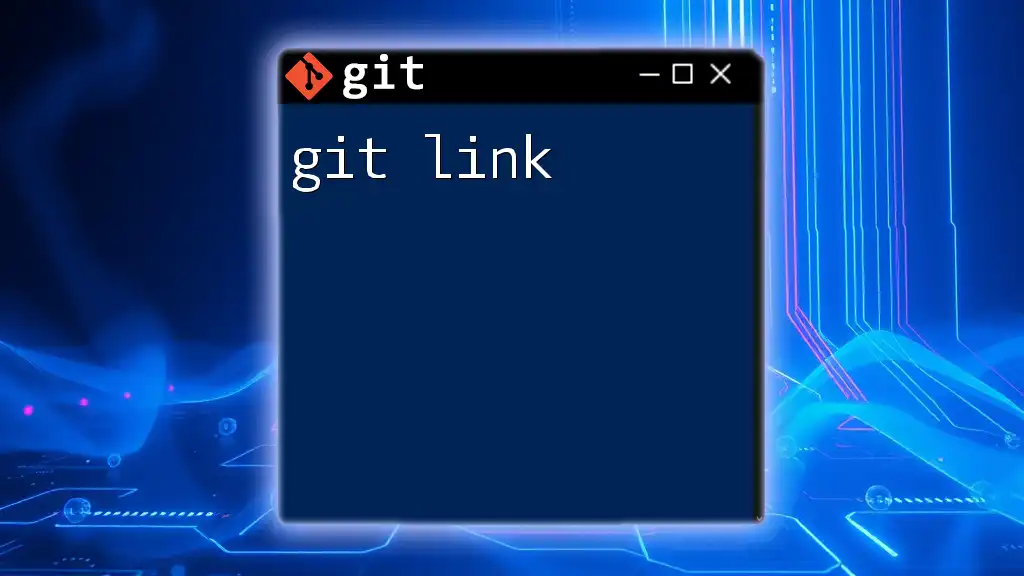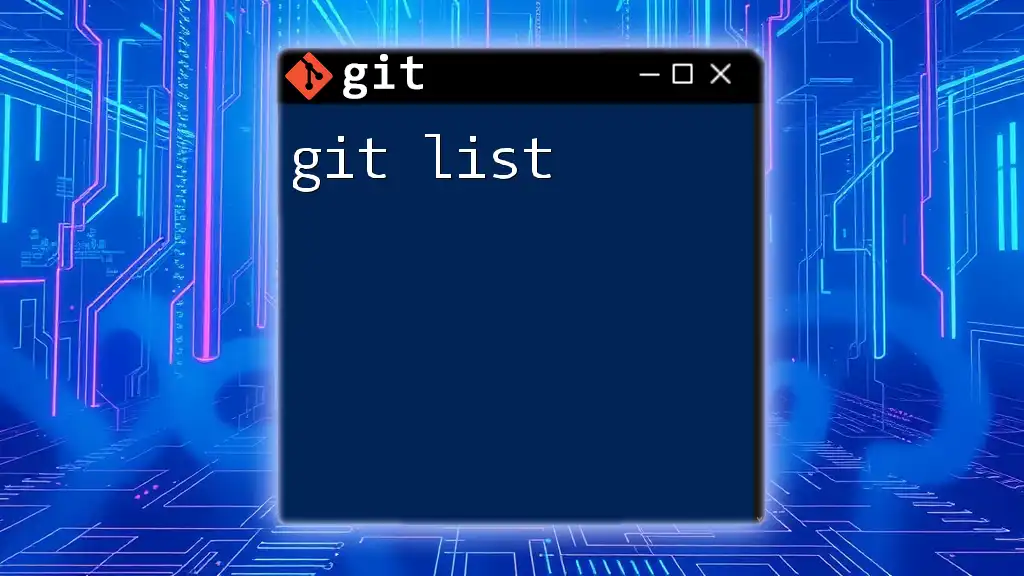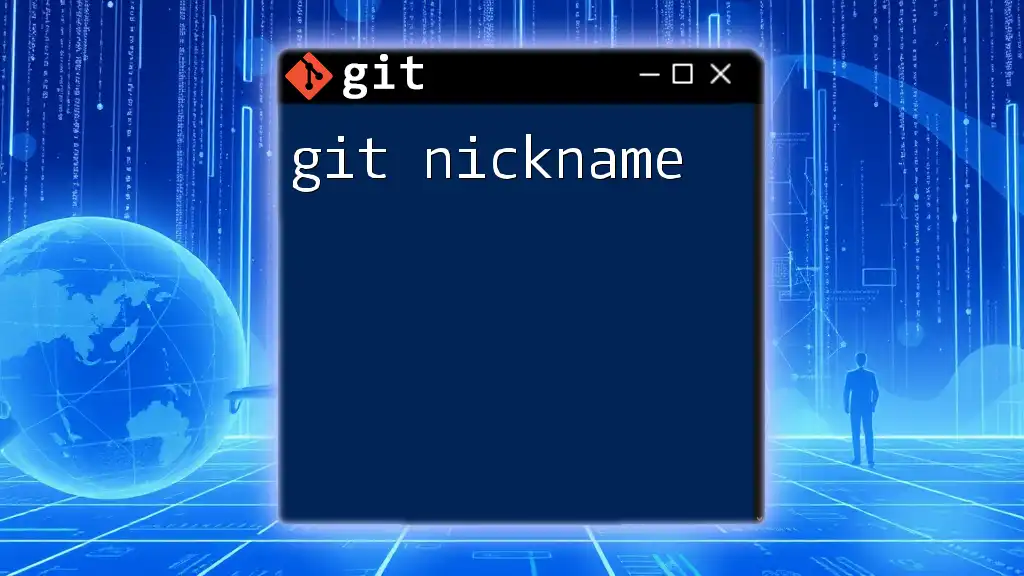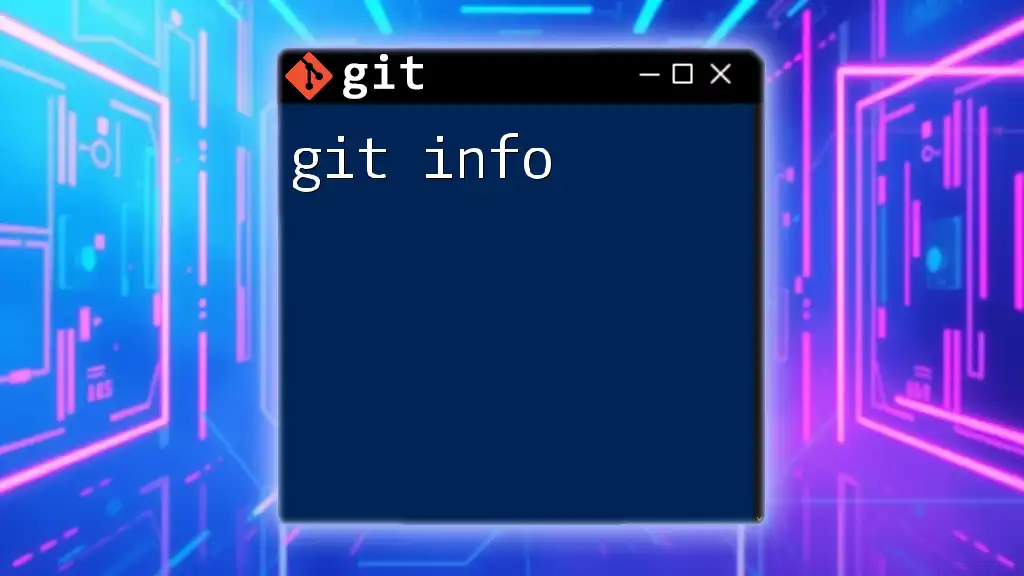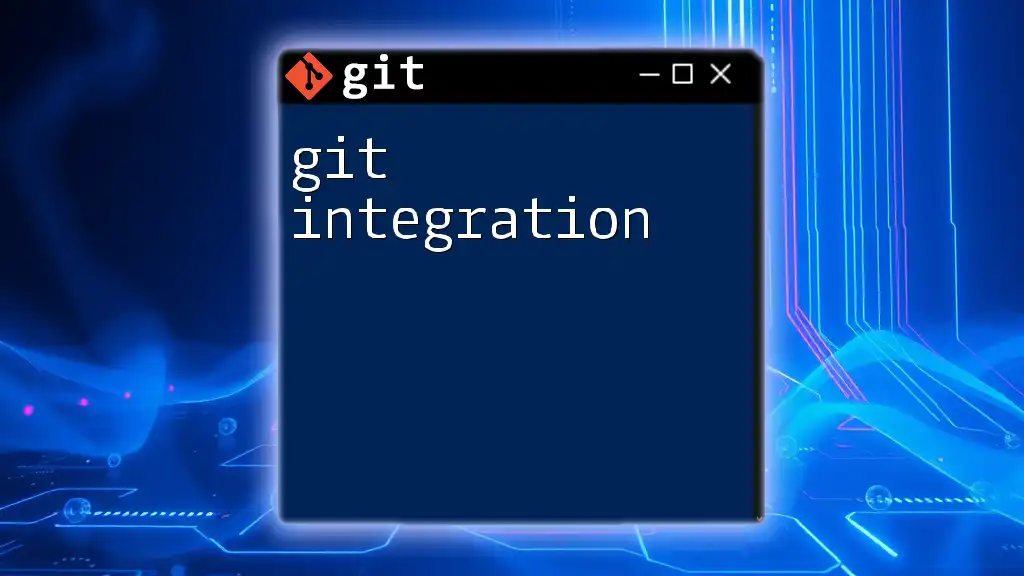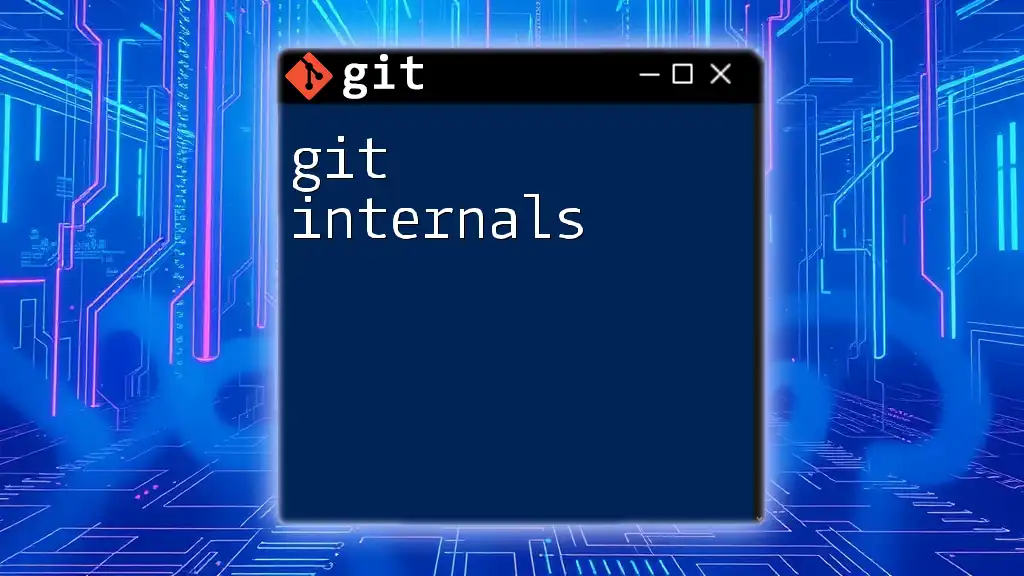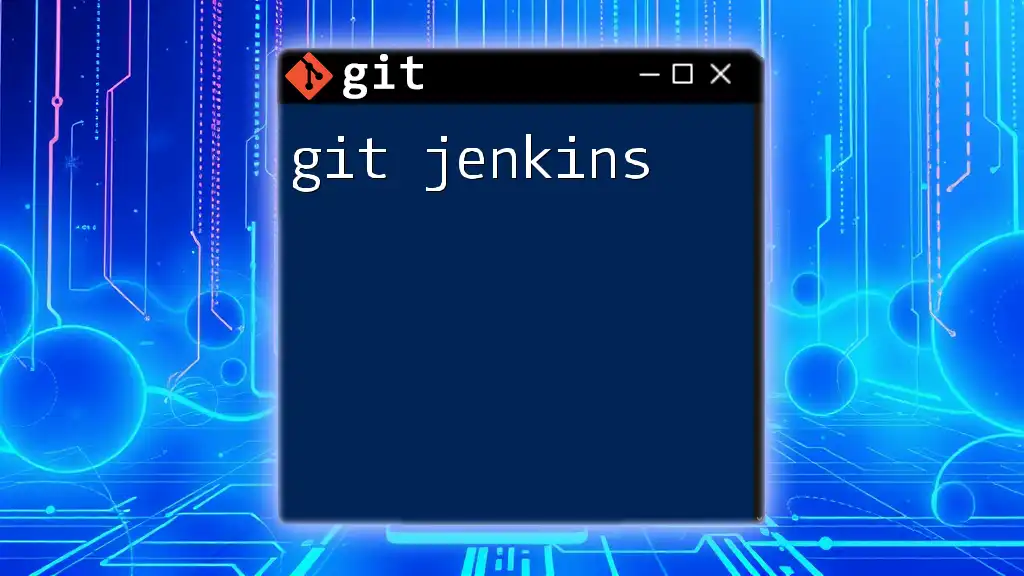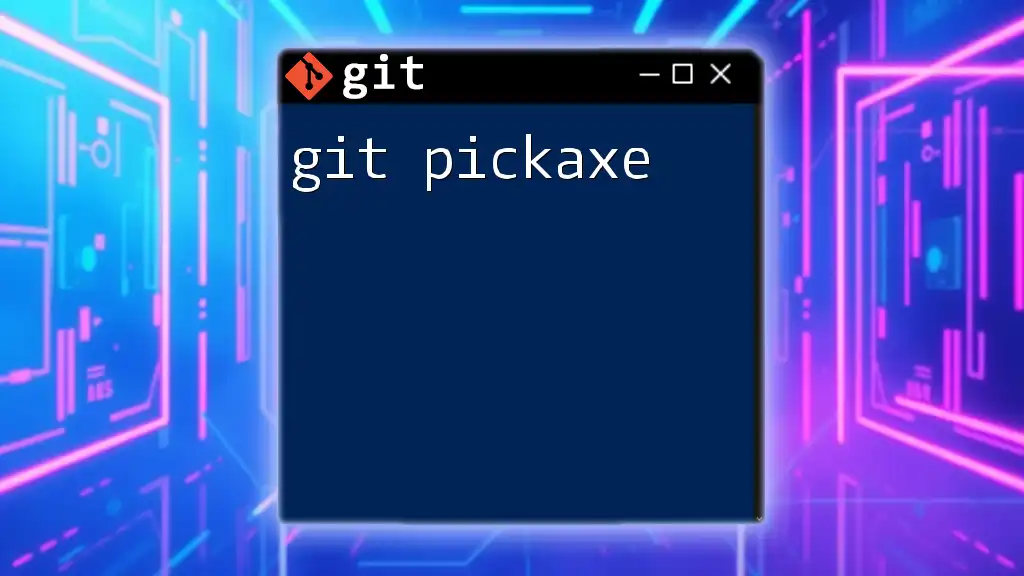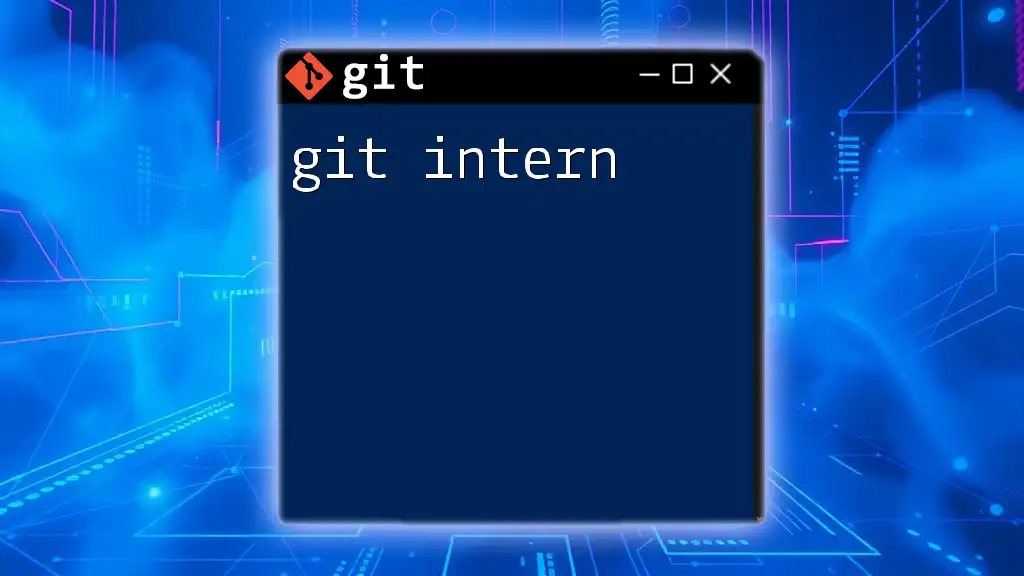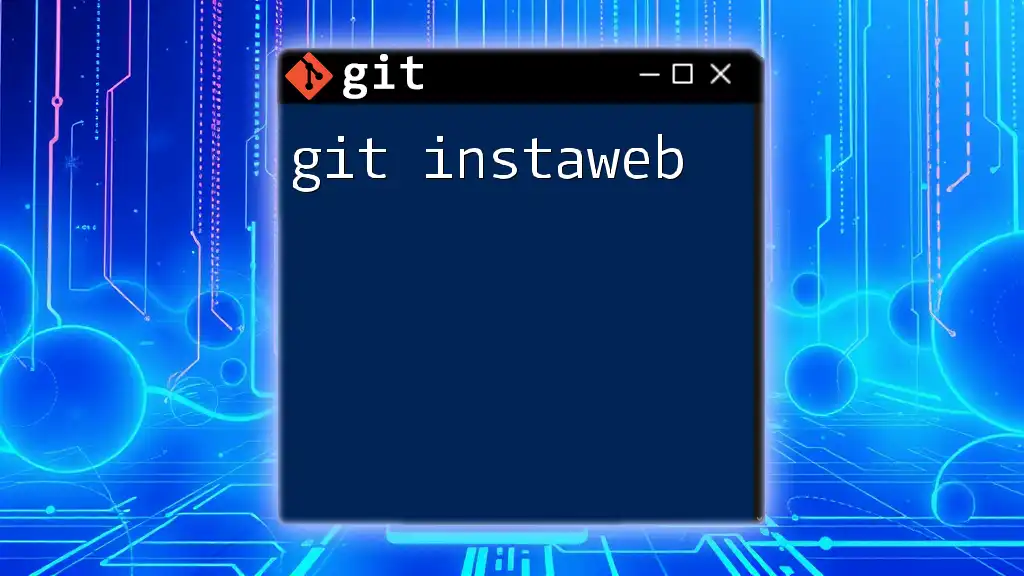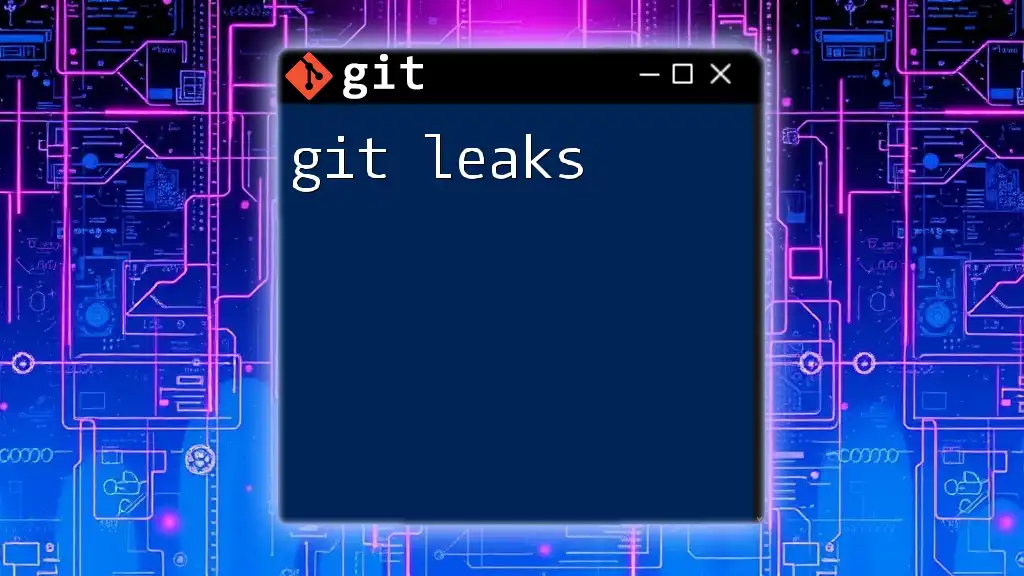The "git link" is not a standard Git command, but it might refer to a shorthand way of creating a link to a directory or repository in version control systems; for example, to link a remote repository, you can use the following command:
git remote add origin https://github.com/username/repository.git
What is a Git Link?
A Git link refers to the URL that points to a Git repository, allowing users to interact with that repository through various Git commands. There are two main types of links in Git: remote repository links and local repository links. Understanding the distinction is crucial for effective collaboration and version management.
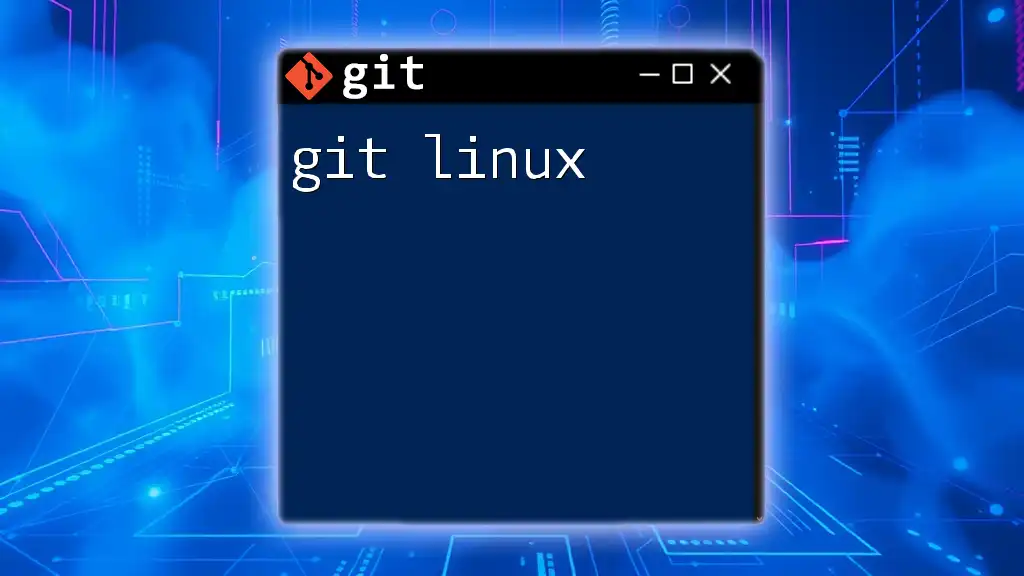
Understanding Remote Repository Links
What are Remote Repositories?
Remote repositories are versions of your project stored on another server or hosting service. They enable multiple developers to collaborate on the same codebase without the need for each individual to work on their local copy in isolation. Popular hosting services include GitHub, GitLab, and Bitbucket.
How to Clone a Remote Repository
To start working with a remote repository, you'll often need to clone it. Cloning creates a local copy on your machine, allowing you to make changes and commit updates. The command used is:
git clone https://github.com/username/repository.git
This command fetches all the files, branches, and commit history from the remote repository. It’s essential for any collaborative workflow, providing each developer with their own local environment.
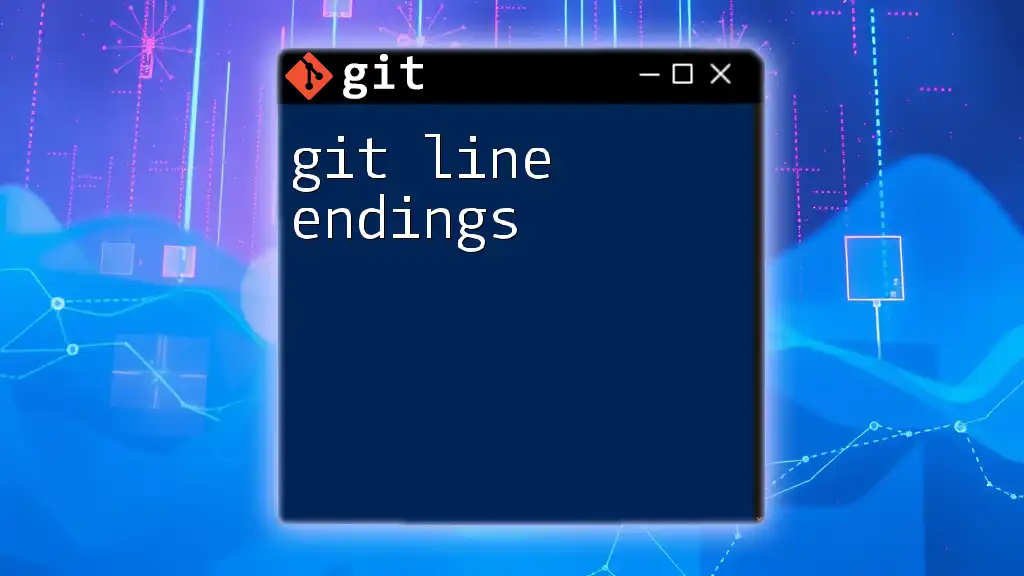
The Anatomy of a Git Link
Structure of a Git Link
A Git link can be broken down into several components:
- Protocol: Indicates how the connection is made (e.g., HTTP, HTTPS, or SSH).
- User: The username for the repository (may not always be required).
- Host: The server location where the Git repository is hosted (e.g., github.com).
- Path: The specific repository path that defines the actual project location.
For example, in the link:
https://username@github.com/username/repo.git
- Protocol: `https`
- User: `username`
- Host: `github.com`
- Path: `/username/repo.git`
Different Protocols for Git Links
Git supports multiple protocols, with HTTPS and SSH being the most common. Each has its benefits:
-
HTTPS is straightforward and commonly used. It works well for beginners since it requires no additional setup. However, it requires you to enter credentials each time you push or pull, unless you cache them.
Example using HTTPS:
git clone https://github.com/username/repository.git -
SSH provides a more secure connection, especially when working with multiple repositories. After setting up the SSH key, you won’t need to authenticate every time.
Example using SSH:
git clone git@github.com:username/repository.git
Deciding between these protocols typically hinges on convenience versus security in your workflow.
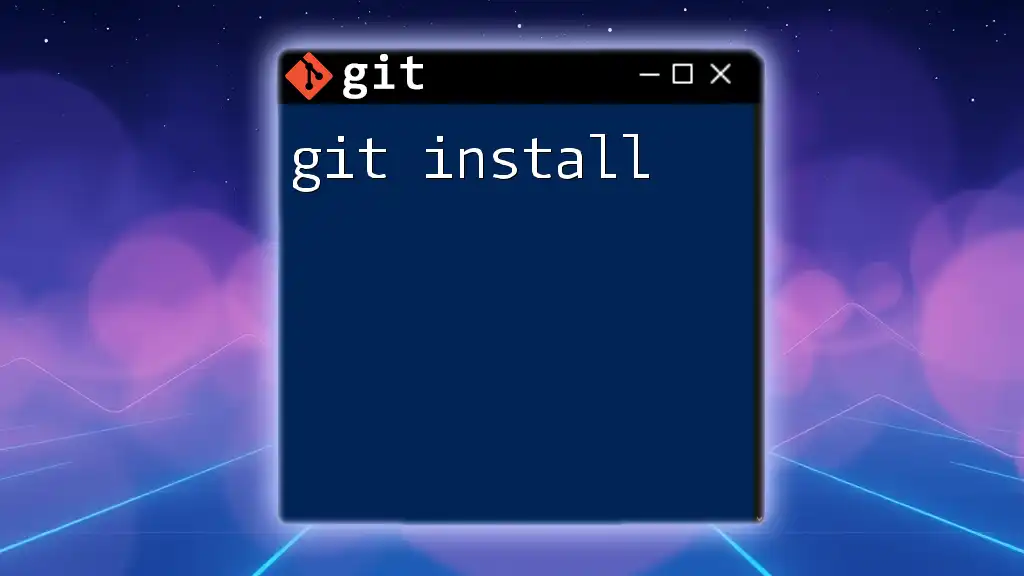
Managing Git Links
Adding a Remote Link
When you want to add a remote repository link for collaboration, you’ll use the `git remote add` command. This command links your local project to a remote repository, allowing you to push and pull changes.
Here’s the command to add a remote connection named `origin`:
git remote add origin https://github.com/username/repository.git
Naming conventions are crucial; origin is a common default name for the main remote repository, enhancing clarity in collaborative scenarios.
Viewing Existing Links
To see all remote links associated with your repository, you can use:
git remote -v
This command displays a list of remote connections, confirming the URLs for fetching and pushing changes. If your output looks like this, it means you have an active connection:
origin https://github.com/username/repository.git (fetch)
origin https://github.com/username/repository.git (push)
Updating a Git Link
If the URL of your remote repository changes, you’ll need to update it with the `git remote set-url` command. Here is how you would do that:
git remote set-url origin https://new-url.git
This command is especially useful when migrating projects to a new server or when changing access protocols.
Removing a Git Link
When a remote repository is no longer needed, you can remove it easily using:
git remote remove origin
Being able to remove outdated links prevents confusion and keeps your repository clean, especially in a collaborative environment.
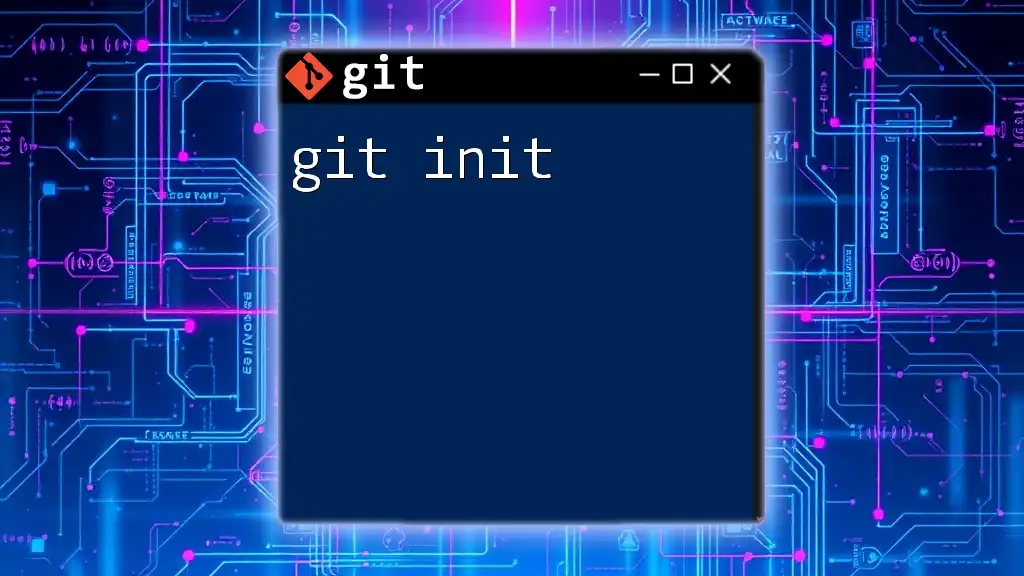
Best Practices with Git Links
Consistency in Naming
Maintaining consistency in naming your remote repositories is vital for clarity. The name origin for the main remote is widely recognized, but if you work with multiple remotes, consider descriptive names like upstream or the specific project name to avoid confusion.
Security Considerations
When utilizing Git links, security should always be at the forefront. For SSH links, ensure that your keys are managed properly to prevent unauthorized access. Avoid sharing your credentials and periodically review your access settings on hosting platforms to maintain a secure environment.
Collaborating with Other Developers
When collaborating on projects, effectively sharing repository links is essential. Including clone URLs in project documentation and README files can streamline the onboarding process for new contributors.
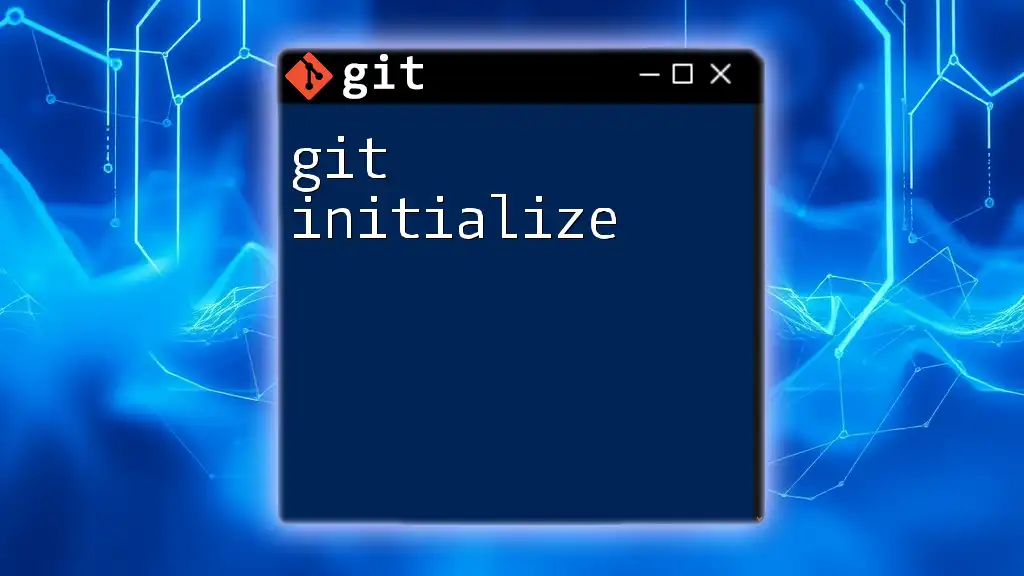
Troubleshooting Common Issues
Problems with Cloning
You may encounter errors while trying to clone repositories, such as authentication failures or access errors. Common troubleshooting steps include verifying that you have the necessary permissions and checking that the URL is correct.
Fixing Broken Links
Sometimes, a remote link may become outdated. You can identify broken links using the `git remote -v` command and correct them accordingly. Utilizing the following command allows you to reset problematic links quickly:
git remote set-url origin https://new-url.git
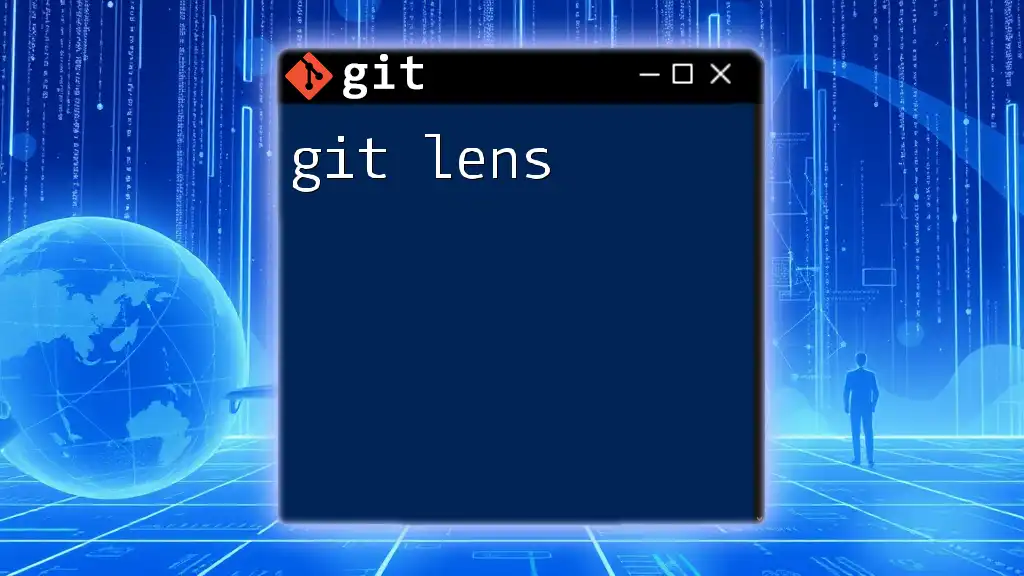
Conclusion
In summary, mastering Git links is essential for efficient version control and collaboration. Recognizing the structure of a Git link, managing remote connections, and adhering to best practices can significantly enhance your workflow and team collaboration. Regular practice with these commands will solidify your understanding and usage of Git in collaborative environments.
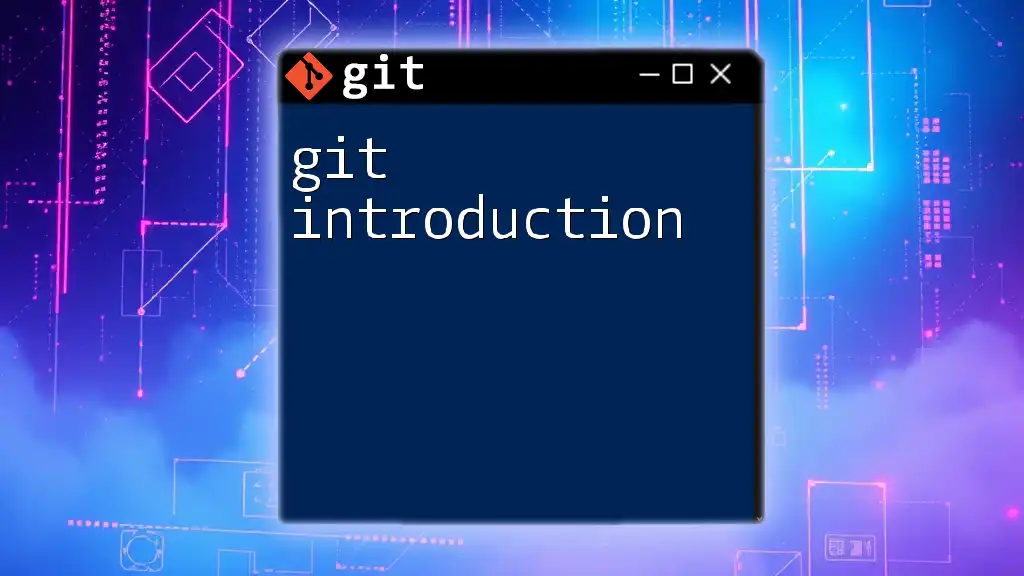
Additional Resources
For further reading and tools to help in mastering Git commands, consider exploring Git’s official documentation or using integrated development environments (IDEs) that offer built-in Git support. Engaging with online communities can also provide valuable insights and practices for effectively using Git links.

